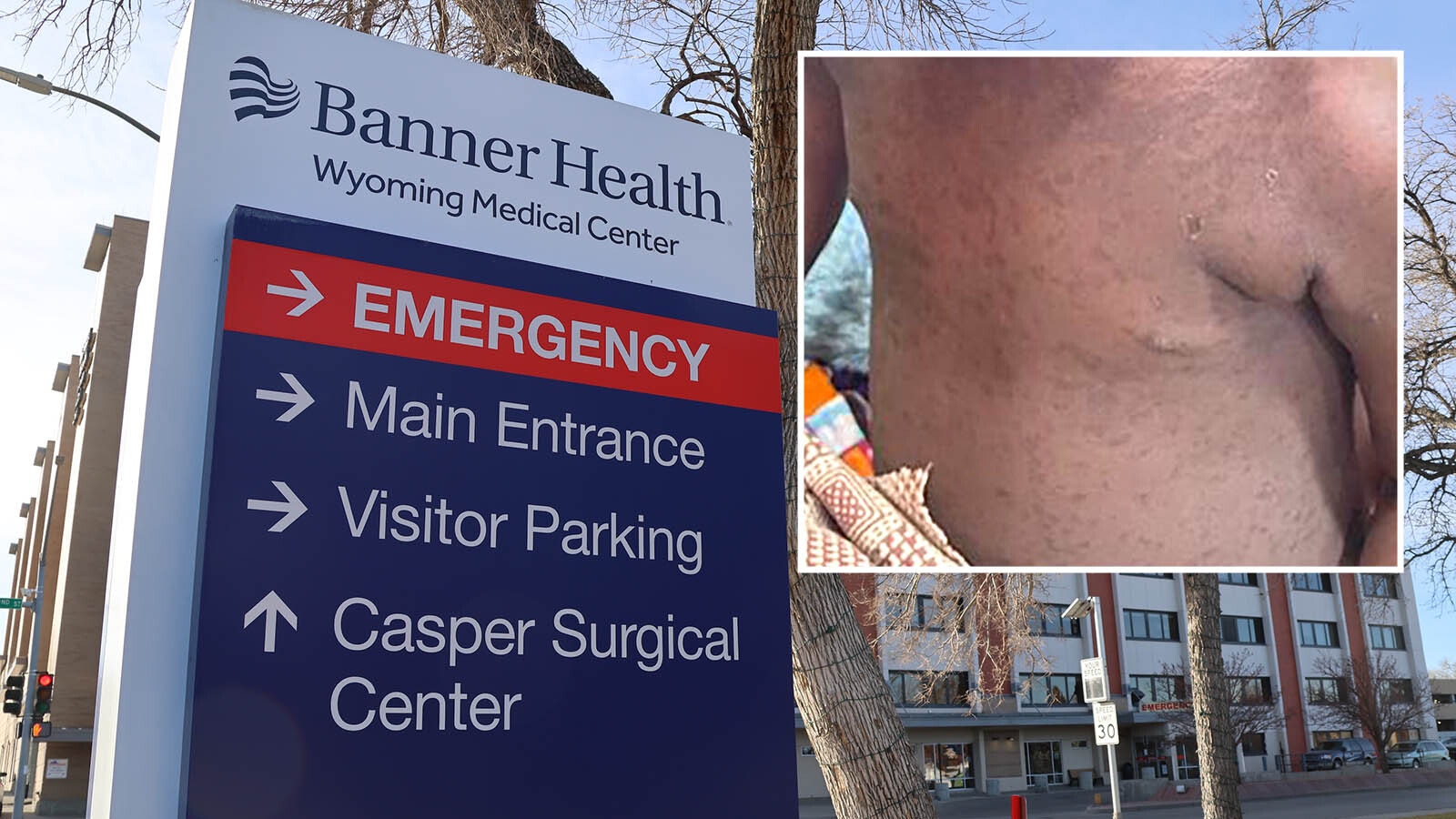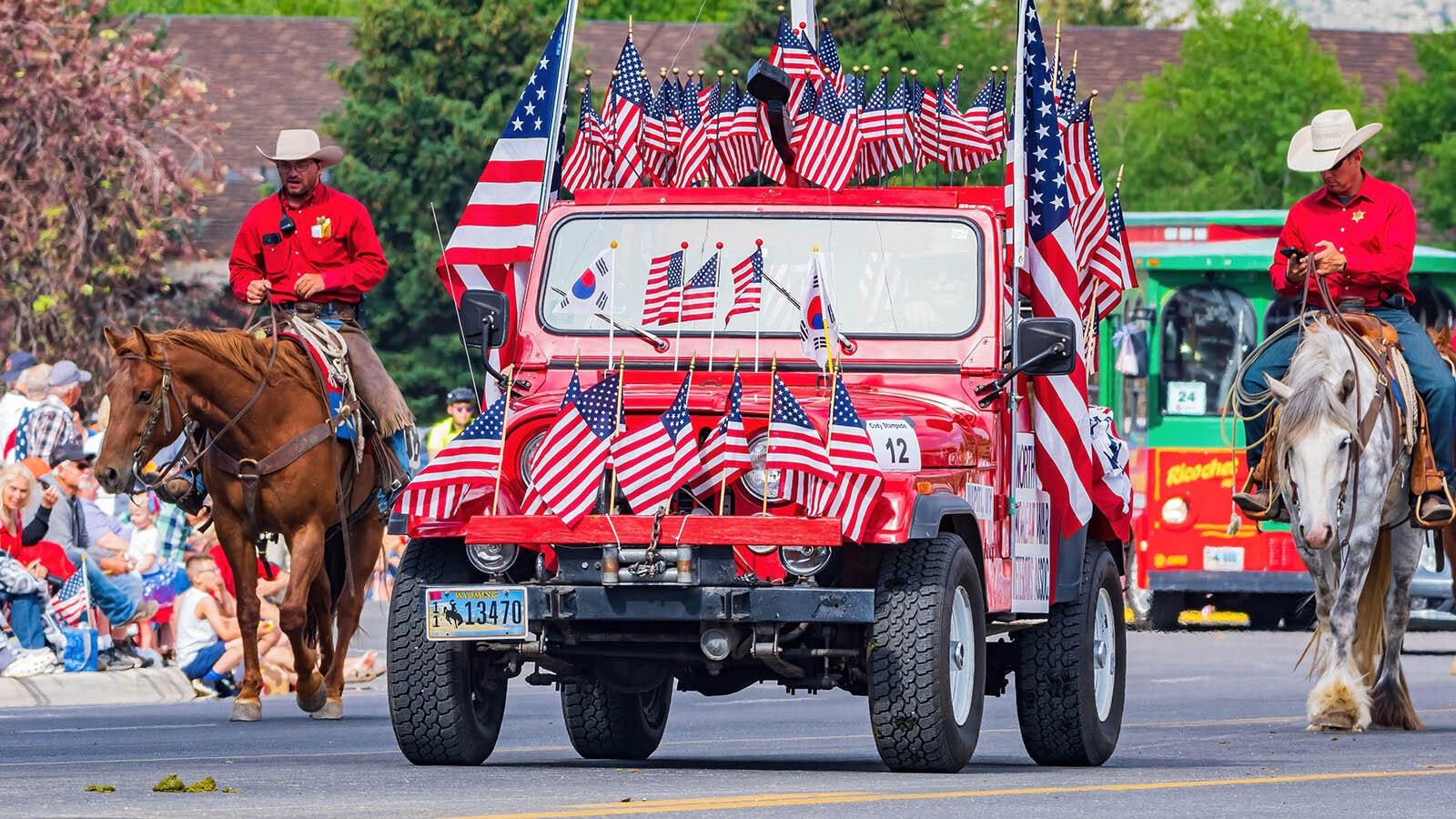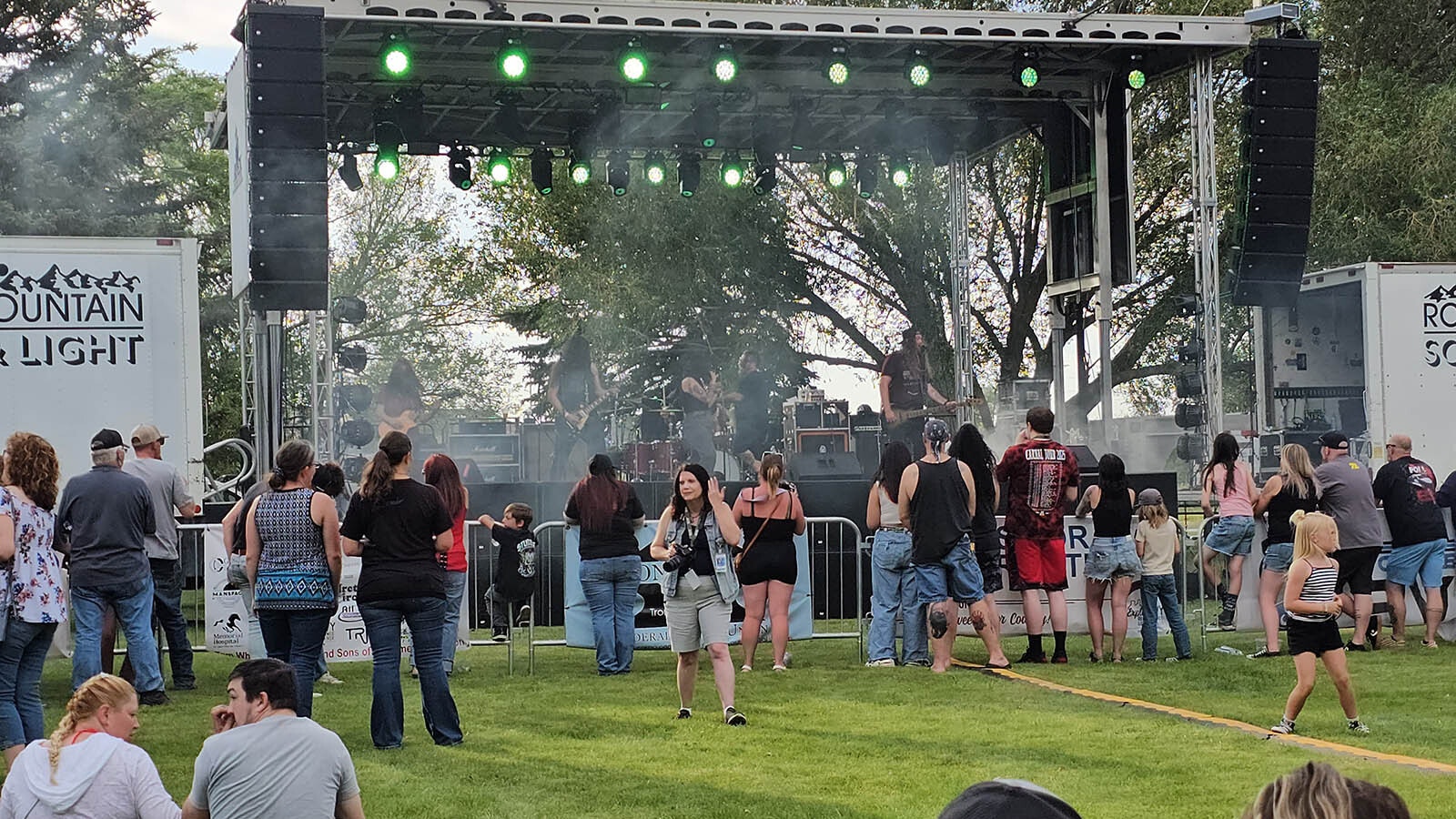Wyomingites will get an hour less sleep overnight Saturday when at 2 a.m. Sunday time jumps ahead to 3 a.m. Happens every spring, like clockwork.
It’s the beginning of one of the most controversial and debated practices — daylight saving time. The annual “spring forward” is official in the early hours of Sunday, and will remain in effect until DST ends Sunday, Nov. 3.
Wyoming has a complicated relationship with daylight saving time, with many saying they hate it, that it’s unnecessary, and lamenting why DST is still a thing. Yet, it remains the law of the land despite numerous efforts to end it in the Cowboy State.
Springing Up, Falling Back
Despite a growing national sentiment against daylight saving time, efforts to change the status quo have been much more difficult than changing the clocks.
In 2020, Sen. Dan Laursen, R-Powell, sponsored a trigger bill for daylight saving time in the Wyoming Legislature, which allows the state to observe daylight saving time full-time if surrounding states do the same. His bill, which became law, passed by a wide margin.
Although the law is a symbolic show of solidarity against the federal government at the time it was passed, it does allow Wyoming to default to mountain daylight saving time as soon as the federal government passes related legislation.
18 other states have passed legislation making daylight saving time permanent, with no semiannual jumping ahead an hour and then losing it again.
Up To The Feds
However, the permanent status is conditional on federal law, and federal regulations prevent states from adopting permanent daylight saving time on their own.
In Wyoming, the law would go into effect immediately thanks to Colorado’s passage of its daylight saving time bill last summer.
Montana, Wyoming and Utah have all passed permanent daylight saving time measures. Arizona is already on permanent standard time and New Mexico declined to change earlier this year. Similar legislation failed in Idaho in 2019.
Wyoming U.S. Sen. Cynthia Lummis told Cowboy State Daily she is “pro-daylight more of the time” and was an open supporter of Florida Sen. Marco Rubio’s perennial Sunshine Protection Act in 2022.
“I’d like to keep daylight saving time year-round,” Lummis said.
The Sunshine Protection Act has been introduced to the U.S. Senate in every congressional session since 2018. It passed through the Senate unanimously in 2022, but died in the U.S. House.
Time For A Change
Casper College student Rachel Stevens was surprised DST is about to begin. Even though it happens at about the same time every year, it’s still not on people’s radar.
“Oh crap, already?” she said. “My god, time flies.”
Stevens isn’t fussed about changing clocks since nearly everything is automated now. She doesn’t have strong feelings about the concept of daylight saving time at the moment, but remembers a time when she did.
“I used to get annoyed by it when I was younger since I had to adjust and wake up earlier or later for school and work,” she said. “Trying to remember what was back or forward, I just like to think of a rabbit for spring ‘hopping’ forward and fall is fall leaves falling back into winter. But any more technology just does it for you.”
There’s at least one benefit Stevens sees in DST. Just like blooming flowers and McDonald’s Shamrock Shake, it’s a sign that the drudge of Wyoming’s winter is coming to a close.
Then there’s that extra hour of daylight on the back end of the day.
“I guess it is nice to know the season is about to change once the time switch happens,” she said. “I don’t really care if it stays or goes away anymore. I have bigger worries at the moment.”
To many, the time shift is about the worst thing imaginable. Noted Wyoming outdoorsman Paul Ulrich hates it.
“I would rather take a cheese grater to my naked body and then pour Liquid Plumber on myself than observe Daylight Saving Time,” he told Cowboy State Daily.
Ulrich’s physical agony might be extreme, but there is scientific evidence daylight saving time can have detrimental effects on mental and physical health. Studies have concluded that DST contributes to sleep loss, more traffic accidents and an increase in stress-related immune disorders and depressive episodes.
Part Of Life
Katrina Southern lives along the North Fork Highway between Cody and Yellowstone National Park. She might be one of the few who will enjoy losing an hour Sunday if it means gaining an hour of sunlight at the best time of year.
“If I had a choice, I would love to keep daylight saving time all year,” she said. “I love it when we spring forward but hate it when we fall back. It makes it hard for hunters with late-season tags to hunt after work once we fall back. If we could stay in our spring cycle, I would be much happier.”
However, Southern has a pragmatic take. Whether you like it or not, daylight saving time has been “the norm” for generations, so it's just another part of normal life in the 21st century.
“It keeps the skies brighter for longer when we spend the day with our families and friends hiking and enjoying the great outdoor recreation opportunities Wyoming provides us,” she said. “I have never lived in an area where daylight saving time was eliminated, so to me, it's just another part of life. I guess you can say the issue of eliminating daylight saving time wouldn’t keep me up at night, unless I went to bed before 8 p.m.”
Andrew Rossi can be reached at arossi@cowboystatedaily.com.





